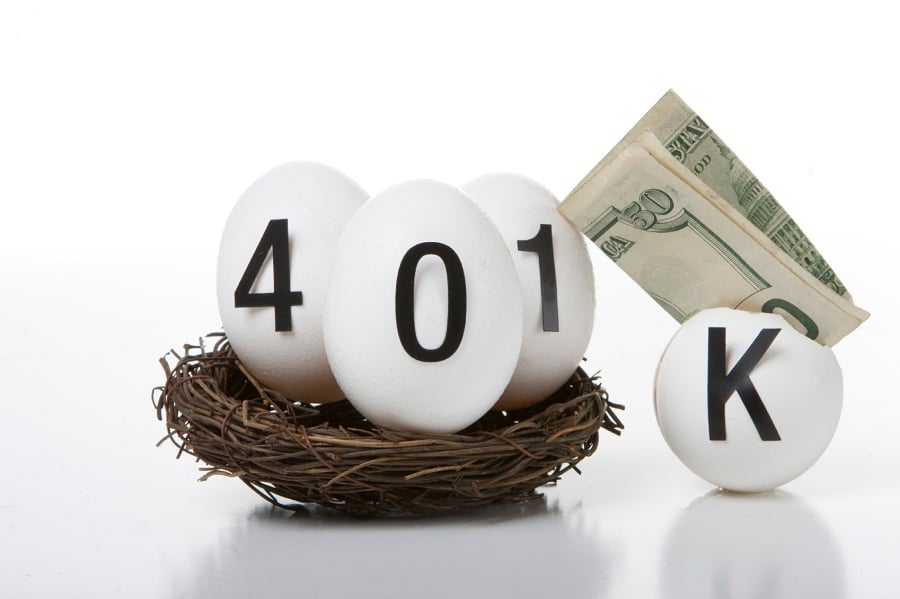Level used in a government example has become the norm as some companies move to 4, 5 or 6% while retirement experts say 15% is really what's needed.
Is 3% some magical retirement savings number?
When companies with 401(k) retirement savings plans enroll new hires automatically, many set a default contribution rate of 3% of salary. Why not 4, or 5.5, or 6? Are companies saying you can afford to retire if you save just 3% of your salary a year?
Hardly. Less than 22% of large companies surveyed by Towers Watson even provided 401(k) participants with a suggestion about how much to save. Of the companies that did, 39% recommended 10% or more. Increasingly, retirement experts say 15% is more like it.
While few plans dare set default rates that high, more are moving to 4, 5, or 6%. A few use 8% and at least one company, Google, sets it at 10%.
If your plan enrolled you at 3%, there is a reason. It's just not a very good reason. Three percent may be the norm simply because it was used in an example the government gave to employers early on, said Rob Austin, Aon Hewitt's director of retirement research. The other reason it's common, he said: Plans mimic their peers.
INERTIA
Since most plans match employee contributions of up to 6% at 50%, anyone who's kept their contribution at 3% purely out of inertia should bump it up to at least meet the company match. That may sound painful, but studies of plans that upped their default contribution rates from 3% to 6% found that people didn't abandon the plan. If you're lucky enough to be looking forward to a raise, time the increase in your contributions to coincide with that, so the cash flow hit isn't as painful or obvious.
If your plan has an auto-escalation policy, it will raise your salary deferral rate into the plan automatically every year, usually by 1%. Plans tend to stop those 1% increases when workers hit 6%. But as with the default rate of 3%, some companies have realized they may be sending the wrong message in suggesting that 6% of salary is enough to save for retirement. More companies are letting the cap rise to 10% or even 15%. It costs companies nothing, since after 6% employees have usually met the company match.
Some companies that work with Towers Watson are rethinking the psychology of the numbers they use in their plan, said Robyn Credico, defined contribution practice leader for North America at Towers Watson. When rejiggering plan designs, some are considering matching to a bigger number but spreading the match out over more years. That way people would presumably save more, since a lot of employees tend to save up to the match. For a company, offering 33% on a 9% match would cost the same as a match that pays 50% up to 6%.
Those kinds of changes aren't happening quickly. No one wants to be first.
"Everyone is following each other, but they all are saying people aren't ready for retirement," said Ms. Credico. "The question is who will be the first to step outside the norm and change behavior."







